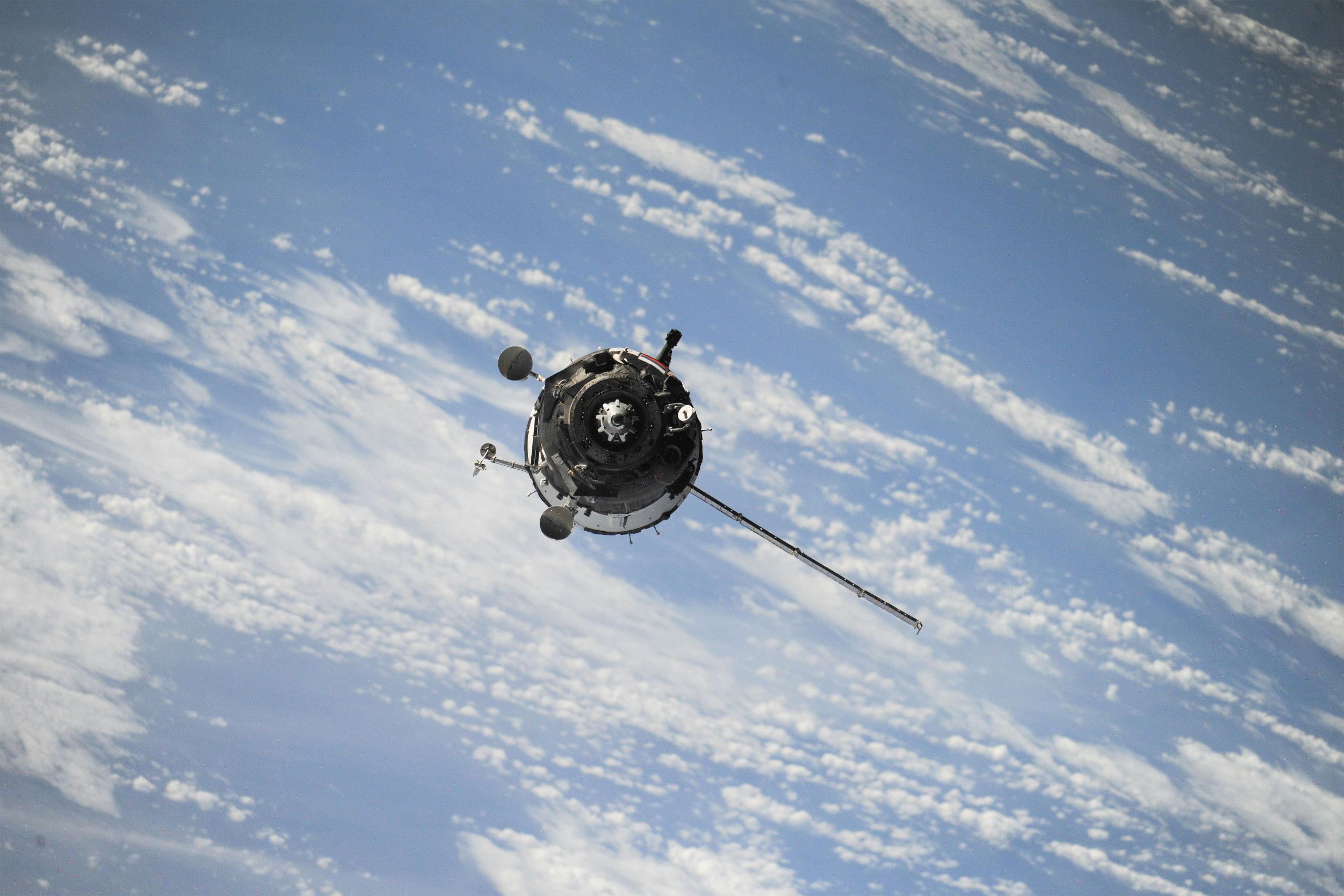On Episode 4 of The Satellite & NewSpace Matters Podcast we spoke to István Lőrincz, the president and co-founder of Morpheus Space. Morpheus Space are innovators of the world’s most efficient and scalable satellite propulsion systems and a key driving force of next generation space tech across several areas within the industry. We spoke to István about his experiences in the industry, from how he got into it to what he thinks its future will look like.
What is your take on the current state of the space sector?
I represent a controversial perspective on the industry, because I think that the industry is definitely on the right track. Certain aspects of the growth of the industry haven’t been great, and that will cause inevitable delays for the entire industry when it comes to reaching our projection. Right now, that projection is solely based on the capacity of the launchers, and nobody actually took a detailed look at what the capacity of the industry is to build satellites. If you look critically into it, the industry isn’t able to build as many satellites as we’ve projected. It’s just because of the nature of the industry. It’s emerging, which means that it’s highly segmented and there are a lot of small companies just like us, however, what’s missing in all of those other companies is the buy-in to the growth of the industry. You have to lean into it, you cannot be reactive in this environment, you have to take the responsibility and be proactive and lean into those projections. If you see that, in three years, there’s gonna be 10 times as many satellite launches, you have to work with those numbers for whatever you produce. You need to make sure that your trajectory brings you to the place where you can make 10 times more components, for whatever you’re building. That’s what’s lacking; everybody’s too cautious. We need to talk about this, someone needs to do analysis and uncover hidden capacities, primarily in the western world, because that’s represented in a consolidated market.
What are your expectations for the next five to ten years in the industry?
We have an internal project where we are conducting market analysis to assess what the capability of producing satellite components of the industry is, and what it will be in the next two to three years. If we see a discrepancy there, we will look at solutions of how, for example, the government could incentivize companies to focus more on adapting mass production capabilities and scalable ways to conduct their business. In most small companies there are no processes or tools in place that would allow the handling of 100 clients or 1000 clients, that’s such an enormous number that most small companies would not be able to handle.
I have a feeling that that is being revived. There’s excitement around space exploration that was at its peak during the Apollo programme, and since then it’s slowly diminished. Now we are seeing this new wave of interest, this new wave of random, unconnected industries utilising this excitement and trying to attach their brands to something that’s spacey or something like that. Young people are excited about space again, even if they don’t understand the technical intricacies. It has become something to look forward to, it has become a beacon of hope. That’s growing, and it’s giving me goosebumps. That is something that I strongly believe we need to push in order to inspire the next generation, because that’s where the majority of the revolutionary changes will come from. Young people are the future of the industry.

What gave us the success that we are seeing today?
It’s the unique technology. At the end of the day, we want to steer the customers away from that question, because the satellite operator does not care what technology is in the satellite, but rather what that technology enables the operator to do. Through our new hardware as a service model, the question has changed. The question that should be asked is ‘What is the price that you can provide to your customers for a unit of change in orbit for their momentum or velocity?’ That’s the question that we are trying to lead the industry towards.
What distinguishes us from the bulk of the propulsion systems is our use of metal as propellant. That metal is stored in a solid state in the heart of the thruster, so it’s already integrated. Everything is tightly integrated and compact. With traditional propulsion systems, you had to procure the thruster, the propellant tank, all the piping and all the valves and sensors and flow sensors, and so on and so forth. Usually that ordeal was so complex that you had to design the satellite around the propulsion system. Our system is not like that. You basically purchase it from us and you get a neatly packaged array that you just screw into your satellite, plug in one connector and you’re done! That’s the biggest upside of having a plug and play and complex system. Integration of components into a satellite is an ordeal and you want to make that as easy as possible there. There are companies out there where the core of their business is making integration. Let’s look at Antares; one of their primary objectives is to have a number of components in their offerings that are already optimised for integration, like easily integrating double components.
Furthermore, the underlying physics that enables us to generate thrust is a new process. That process is highly efficient. The ionisation efficiency is a big component in every electric propulsion system. To date, this approach has the highest ionisation efficiency. If you have low efficiency, you lose a lot of energy just to create a fluid medium that you can use to generate thrust, so you want to have that as much efficiency as possible.
There are other secondary technological innovations like our neutralizer. The propulsion system itself emits positive ions, and in order to maintain the charge balance of the spacecraft, you also have to emit the same amount of negative charges or electrons, which happens through a neutralizer. In most cases, you either have to use propellant to do that, or you have to heat up things at high temperatures, which leads to inefficiencies because it does not generate thrust. When you emit electrons or negative charges, usually those are not used to generate thrust, so they are lost. What we do is eliminate the propellant, we just use electrostatics and things called carbon nanotubes to extract and emit electrons, which improves our efficiency further. All those technologies together have put us in the position we’re in now to be making further advancements in our field.
If you’d like to know more about the future of the satellite industry, tune into The Satellite & NewSpace Podcast from neuco, with new episodes monthly.
We sit down regularly with some of the biggest names in our industry, we dedicate our podcast to the stories of leaders in the technologies industries that bring us closer together. Follow the link here to see some of our latest episodes and don’t forget to subscribe.


